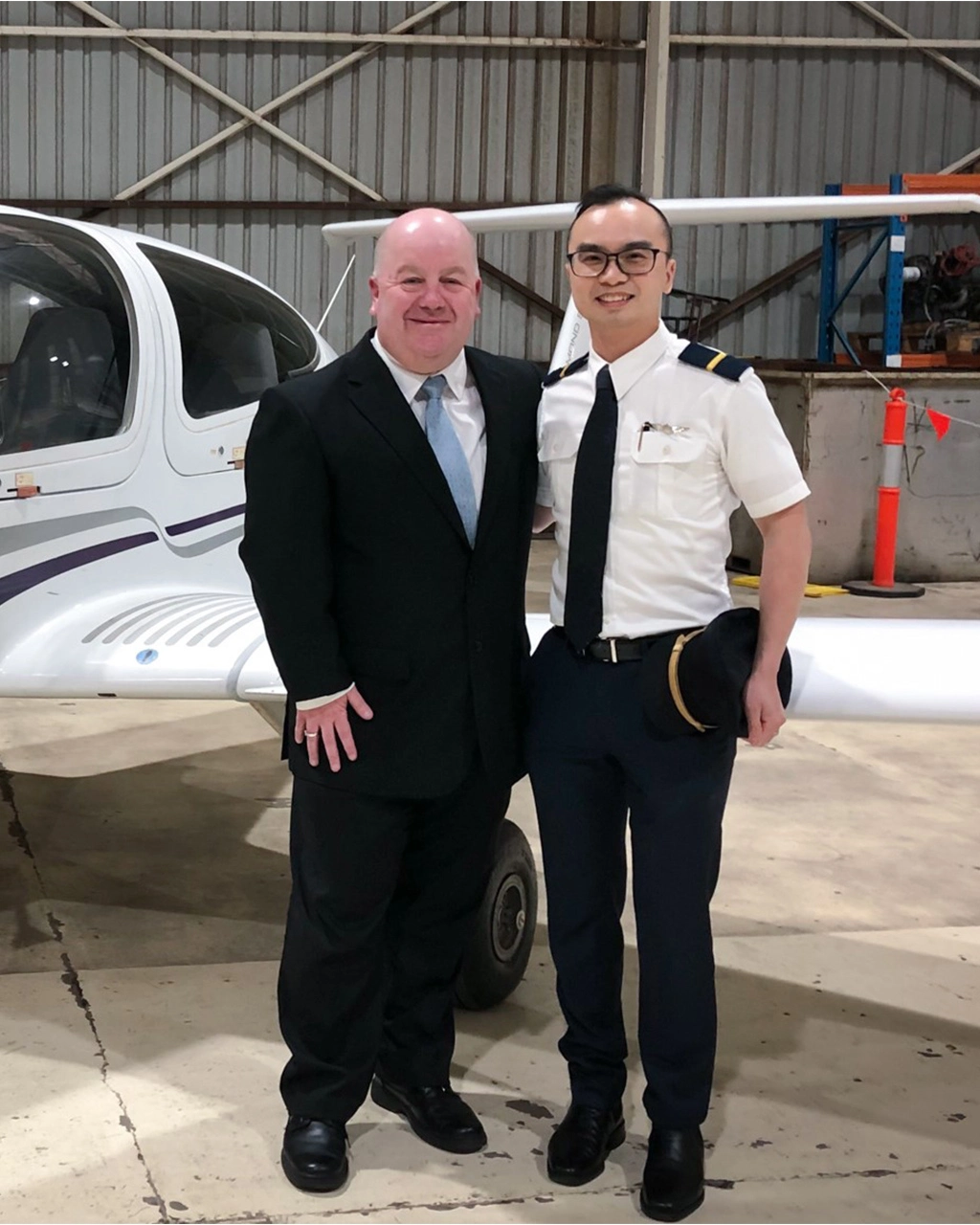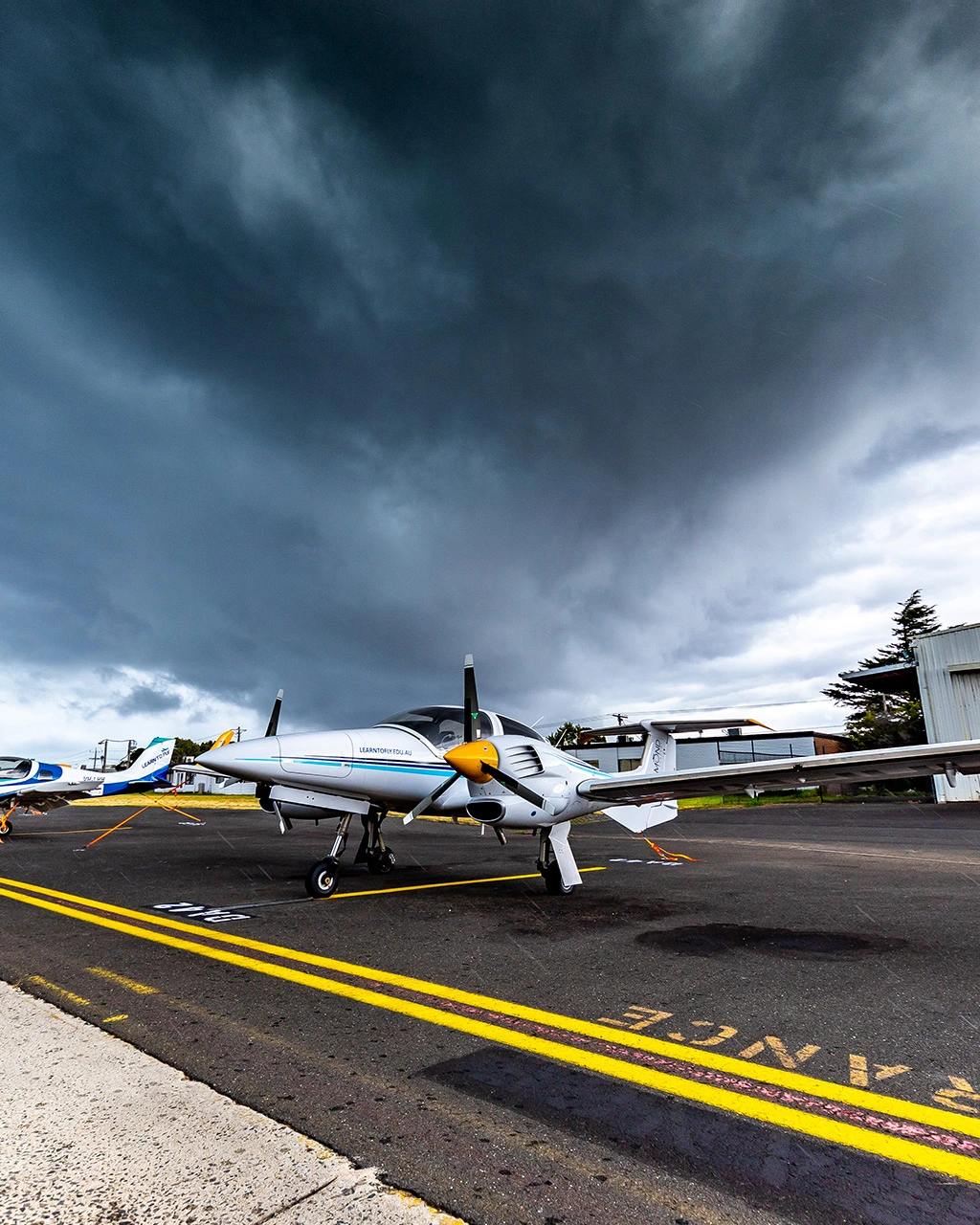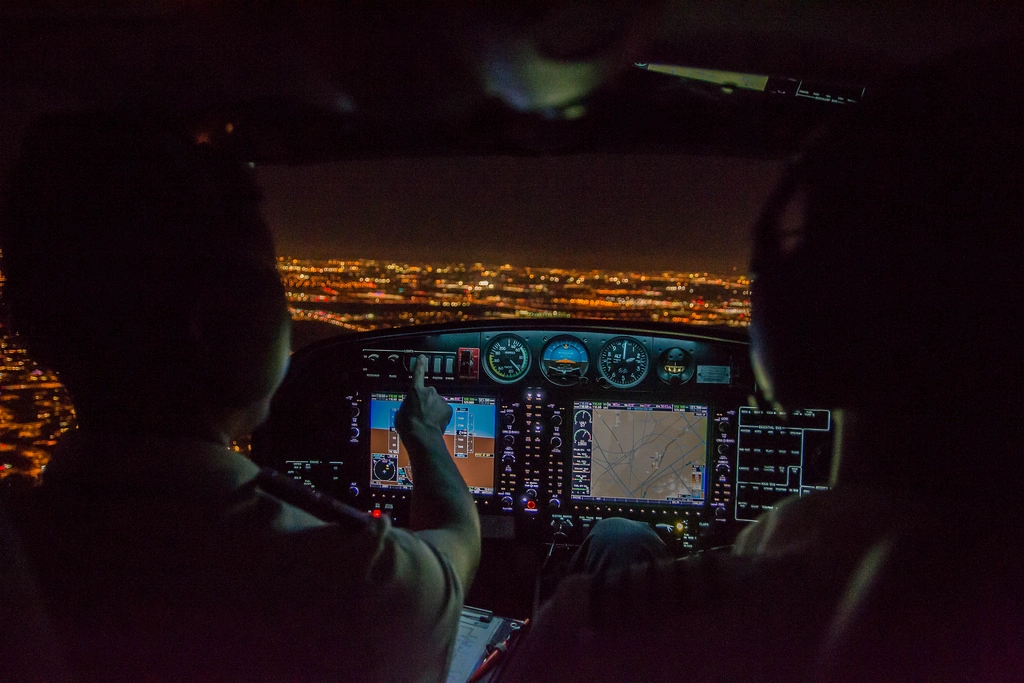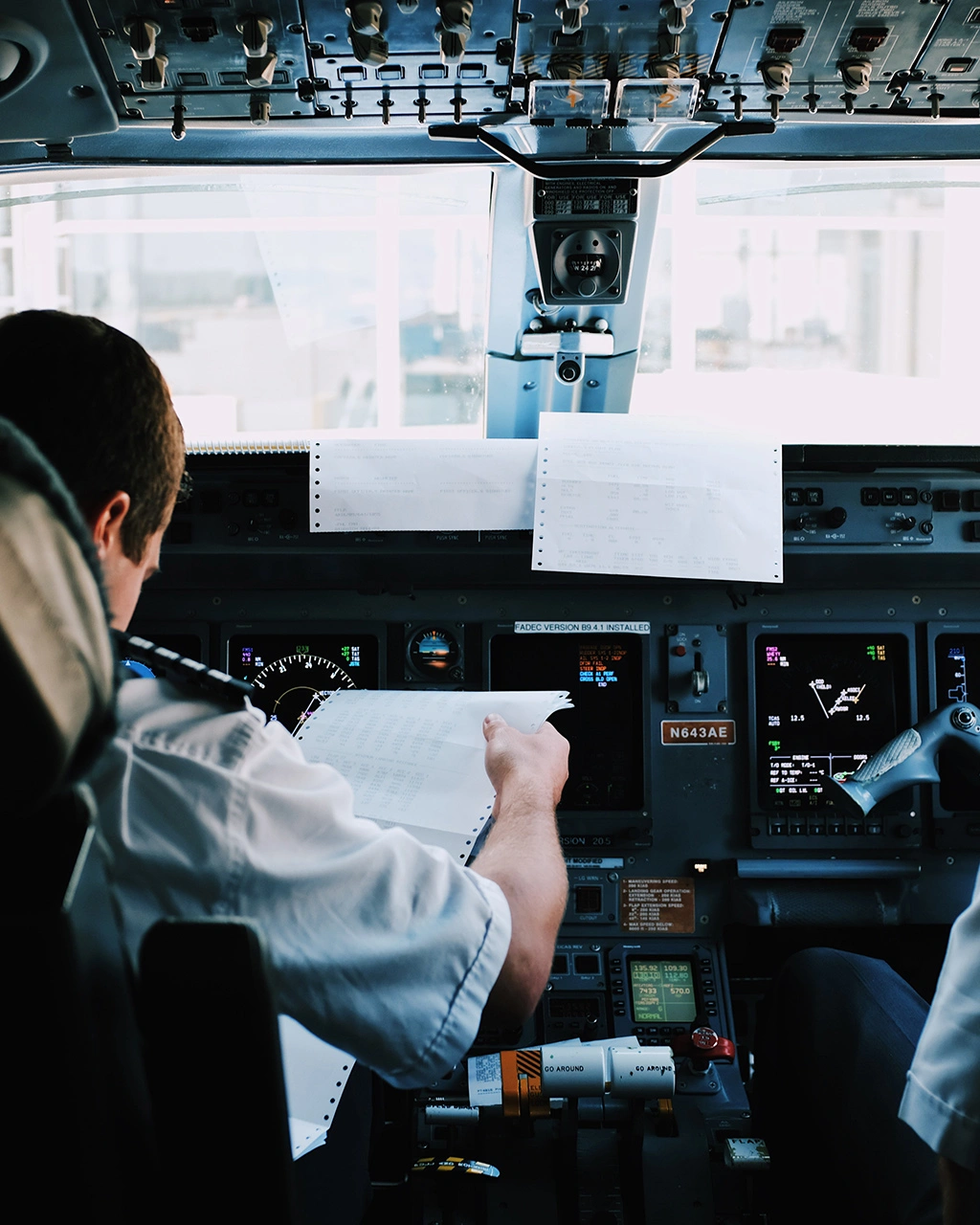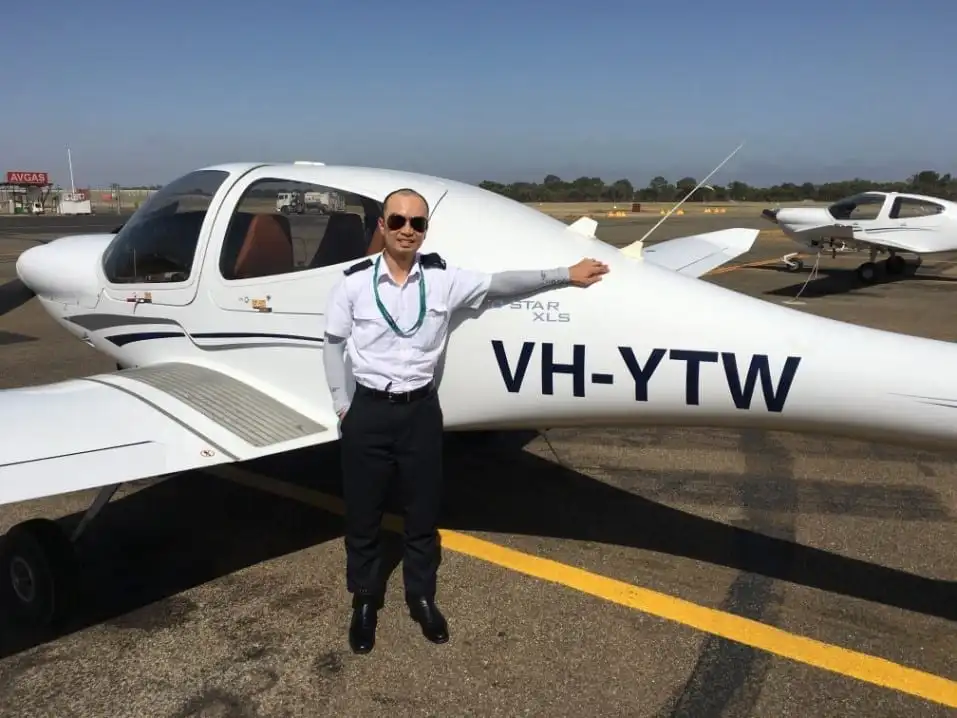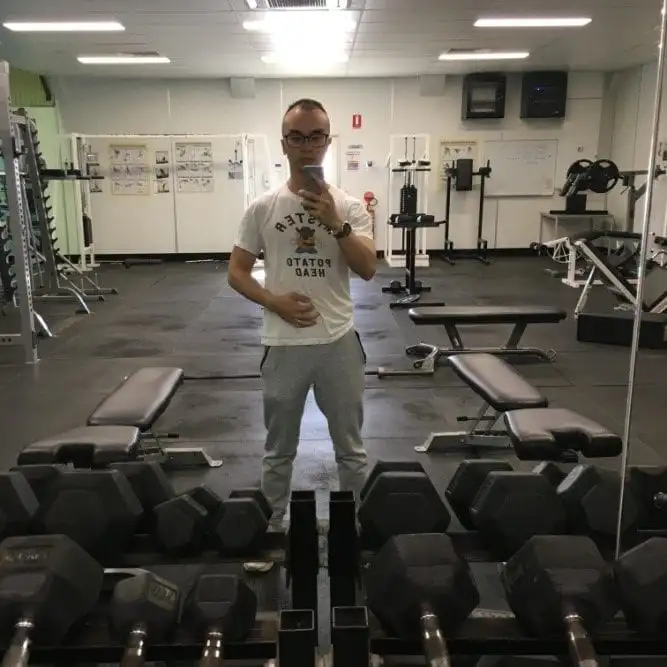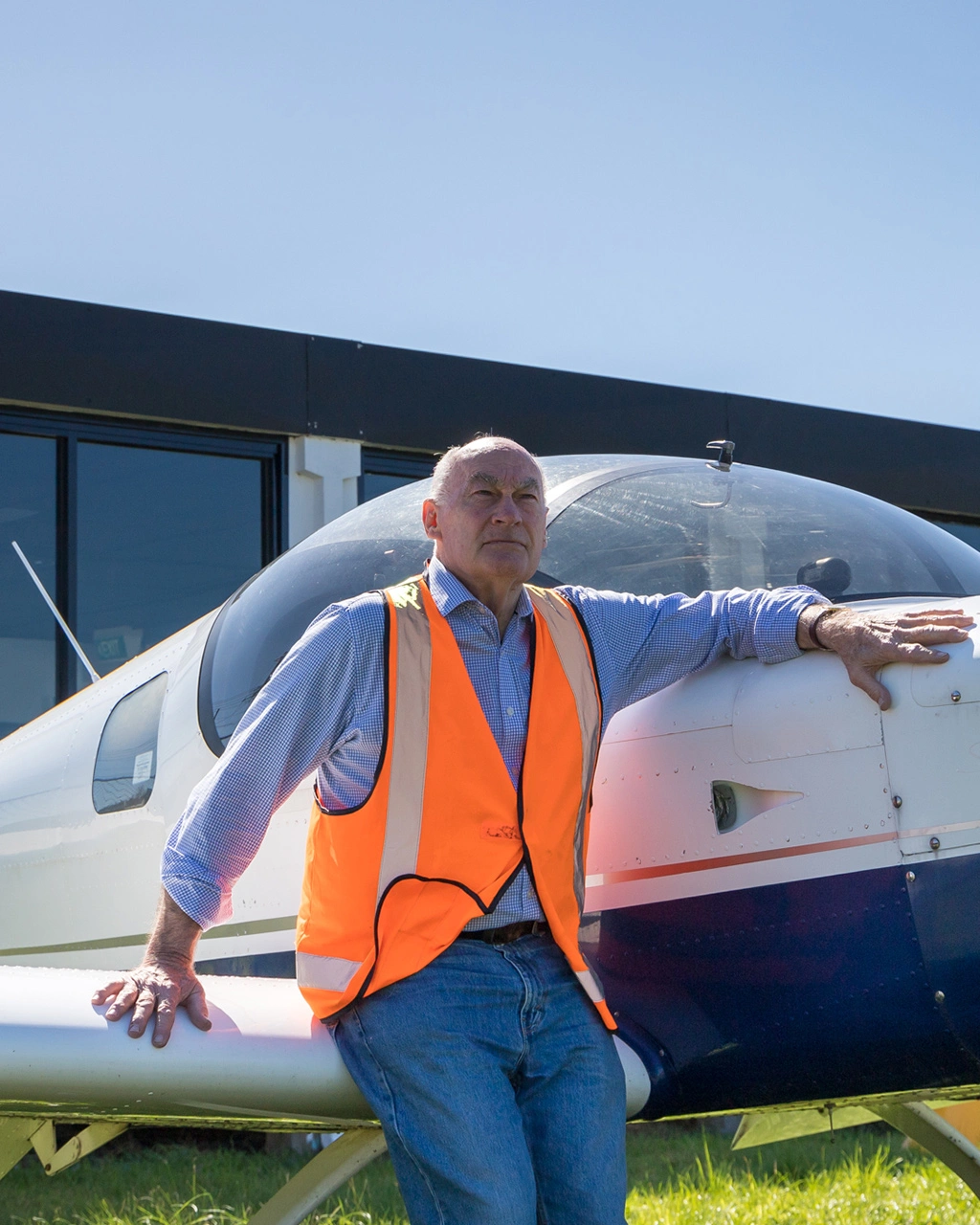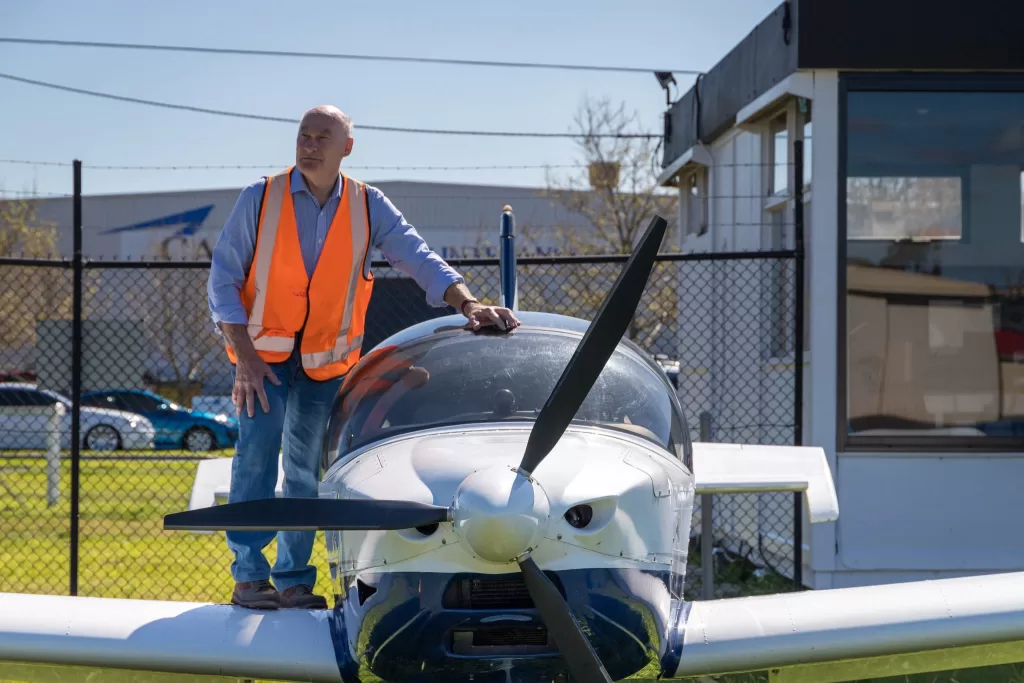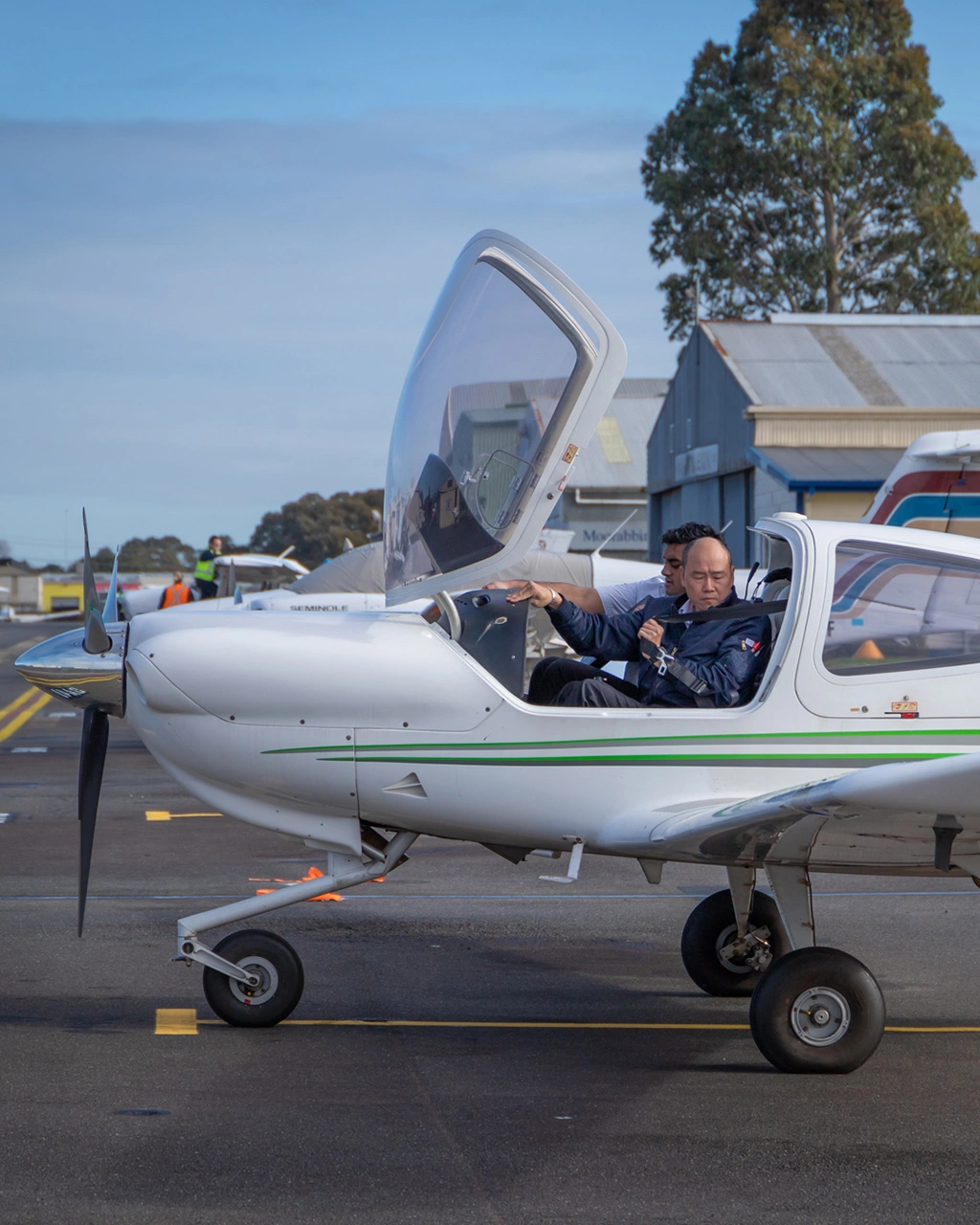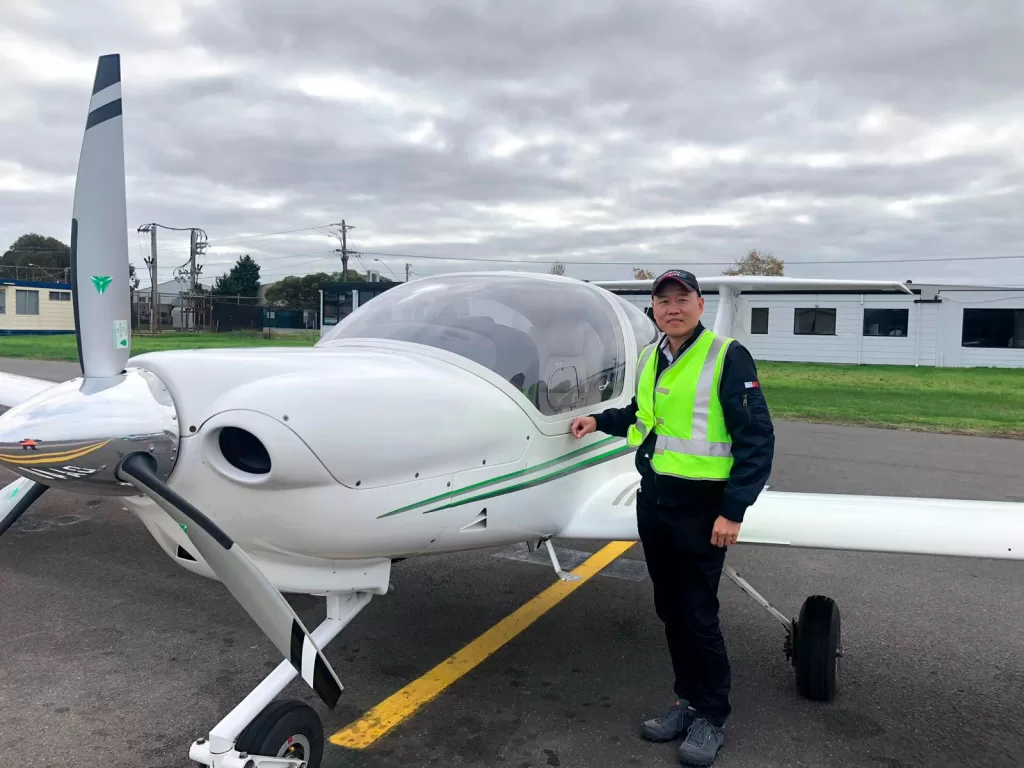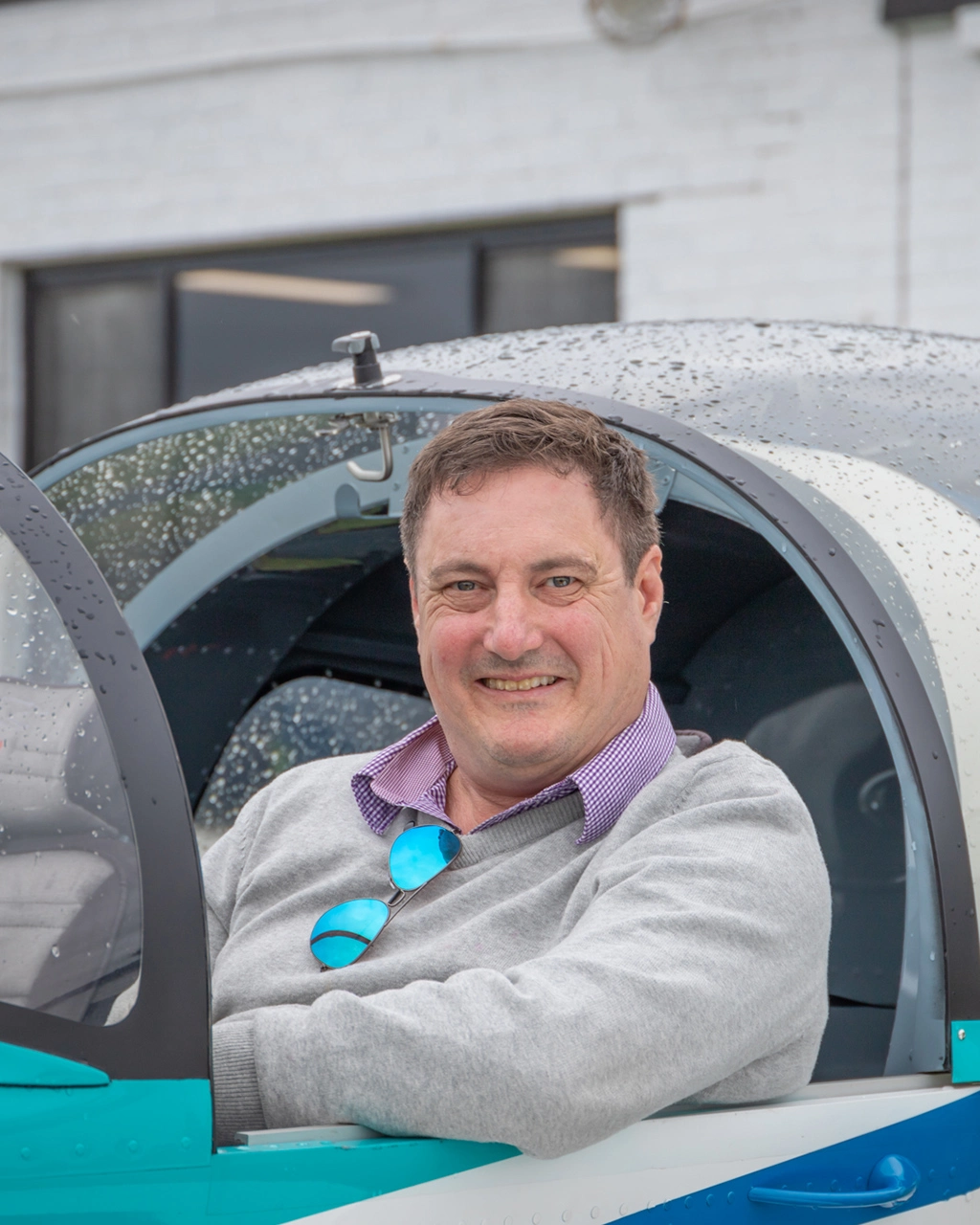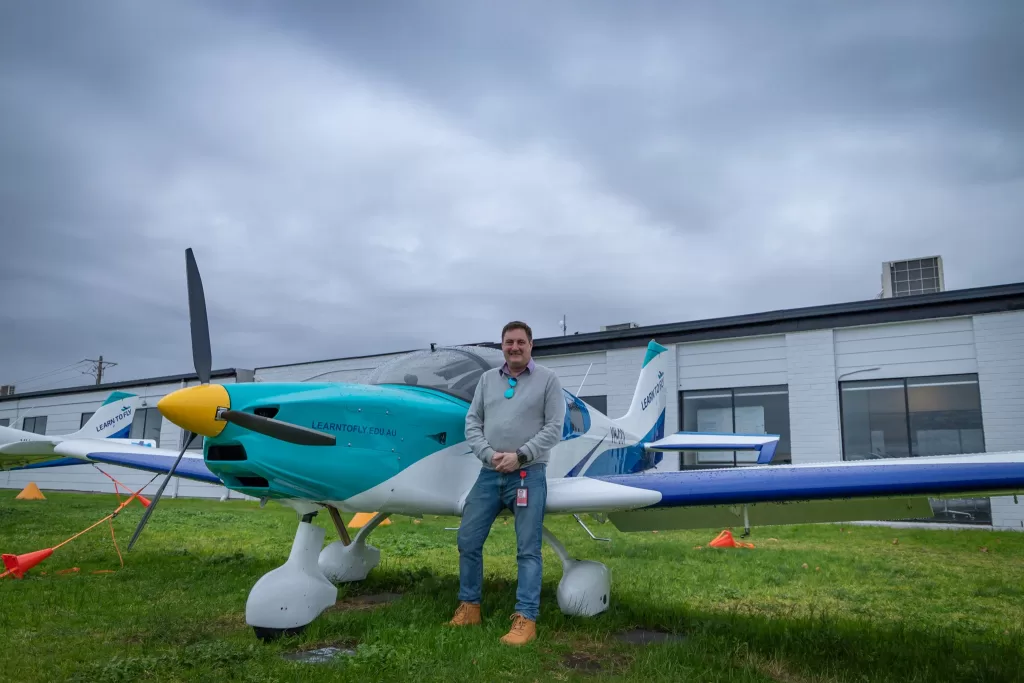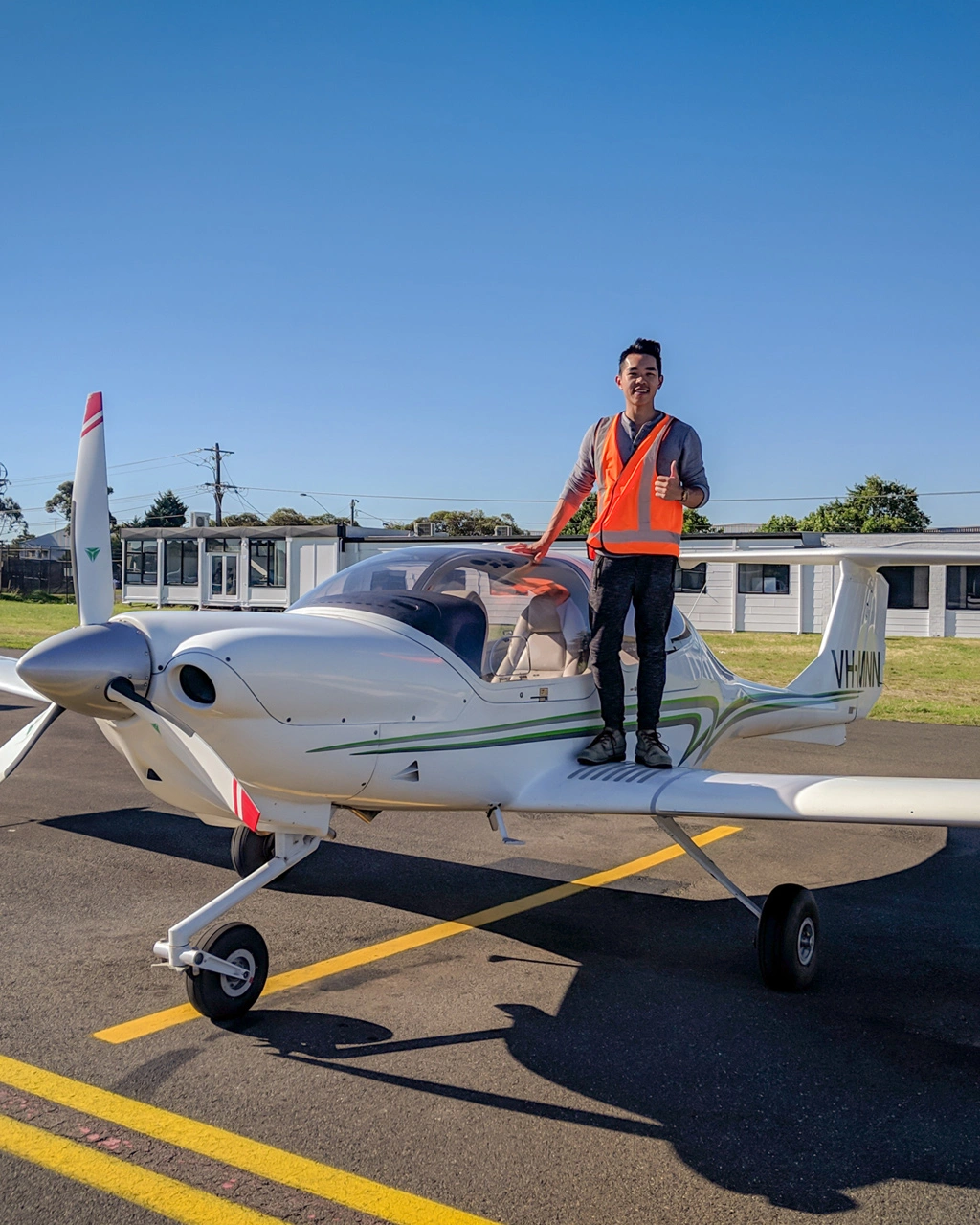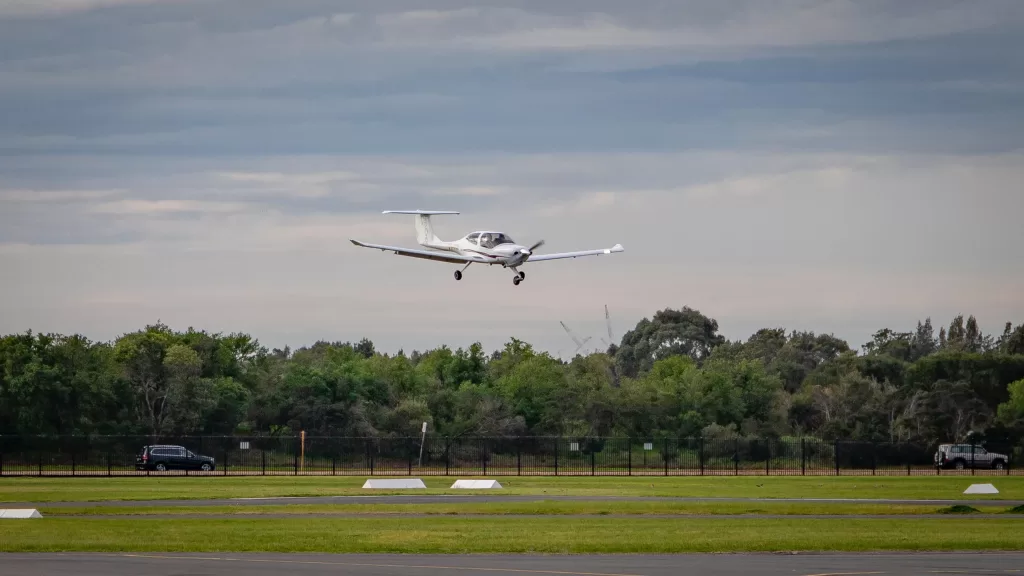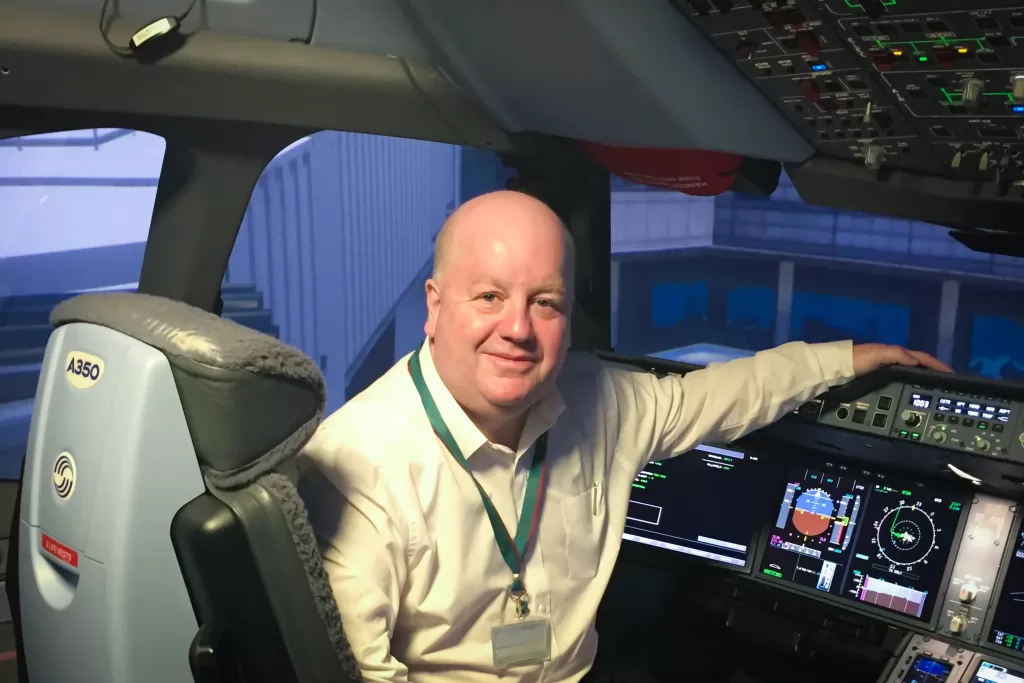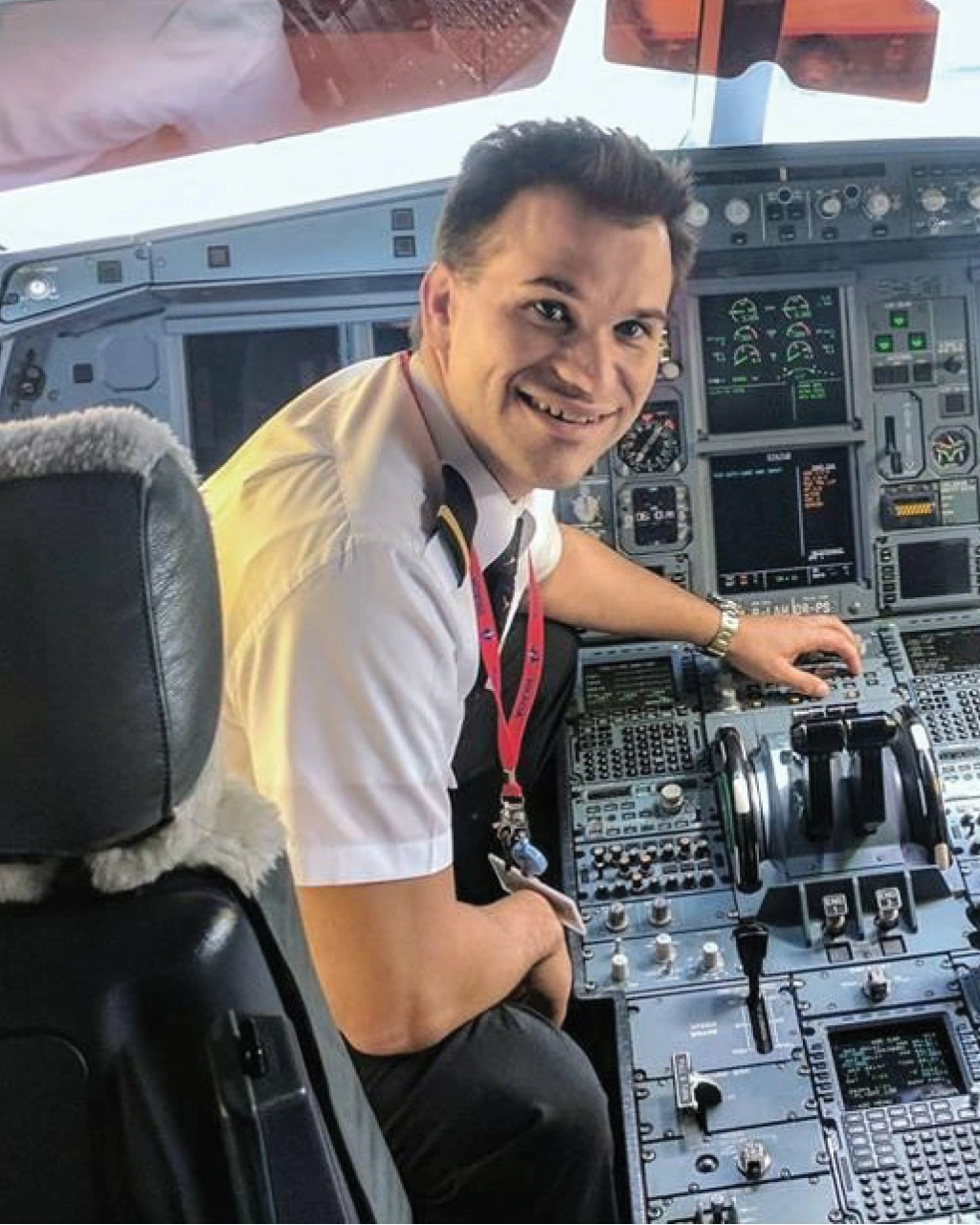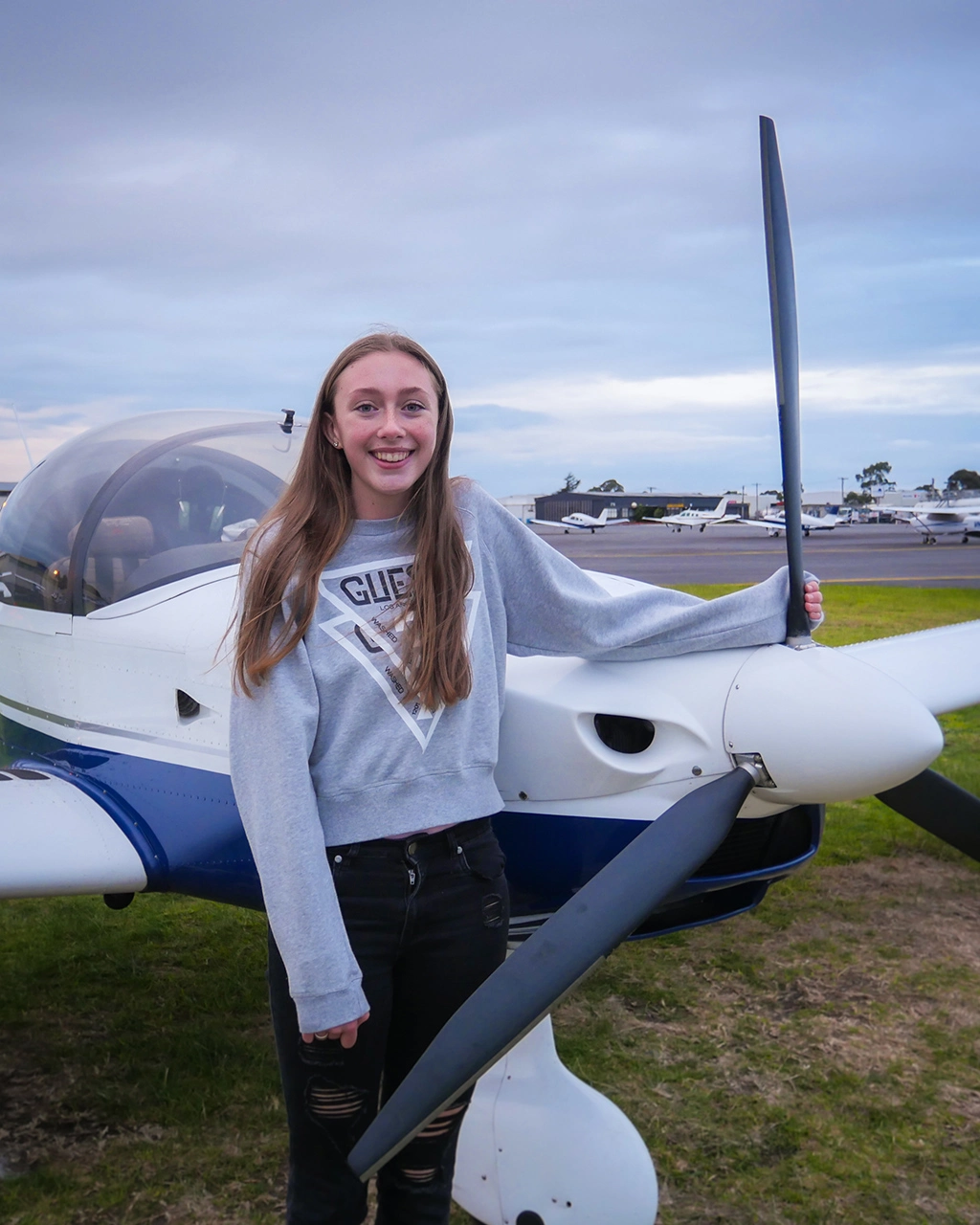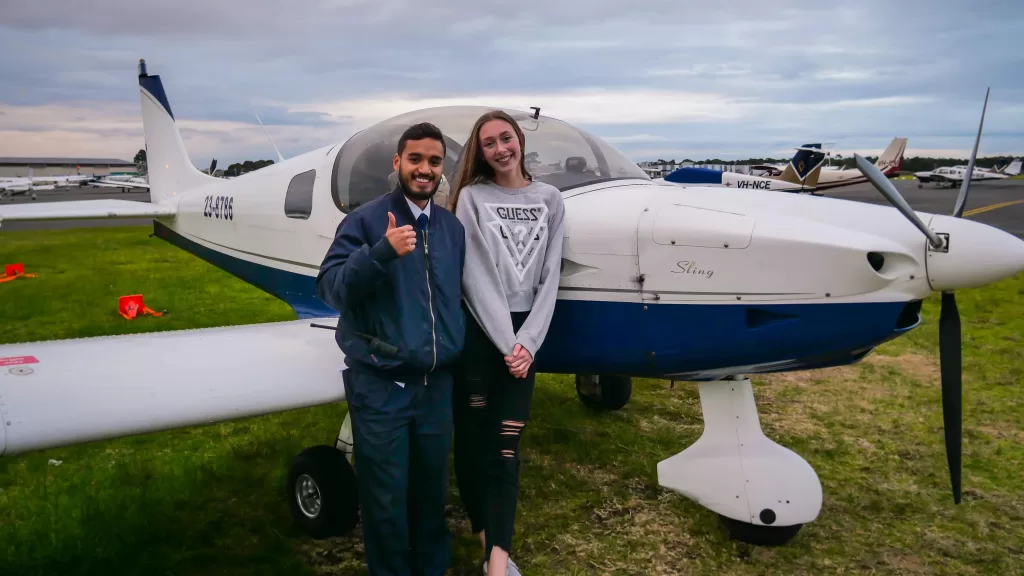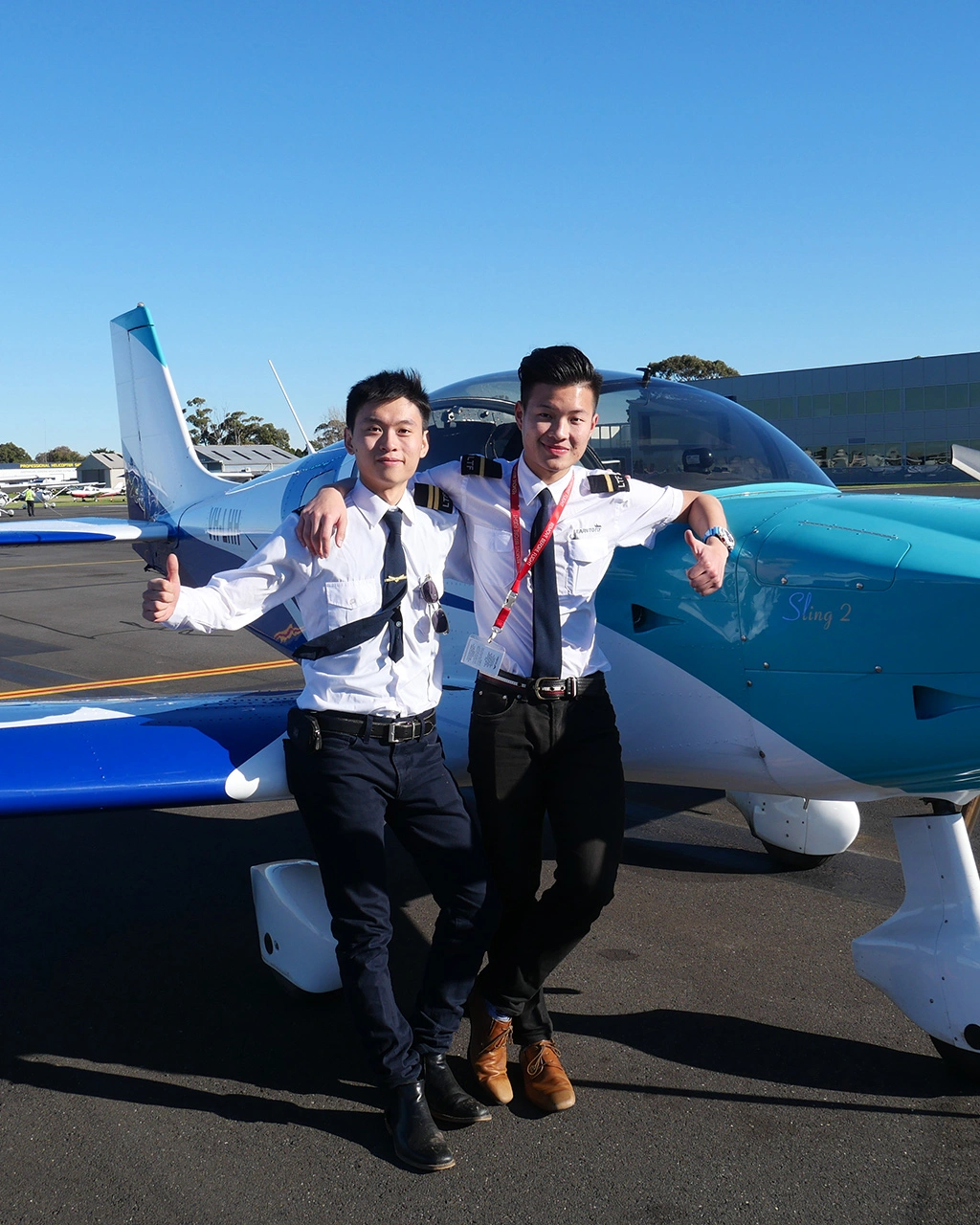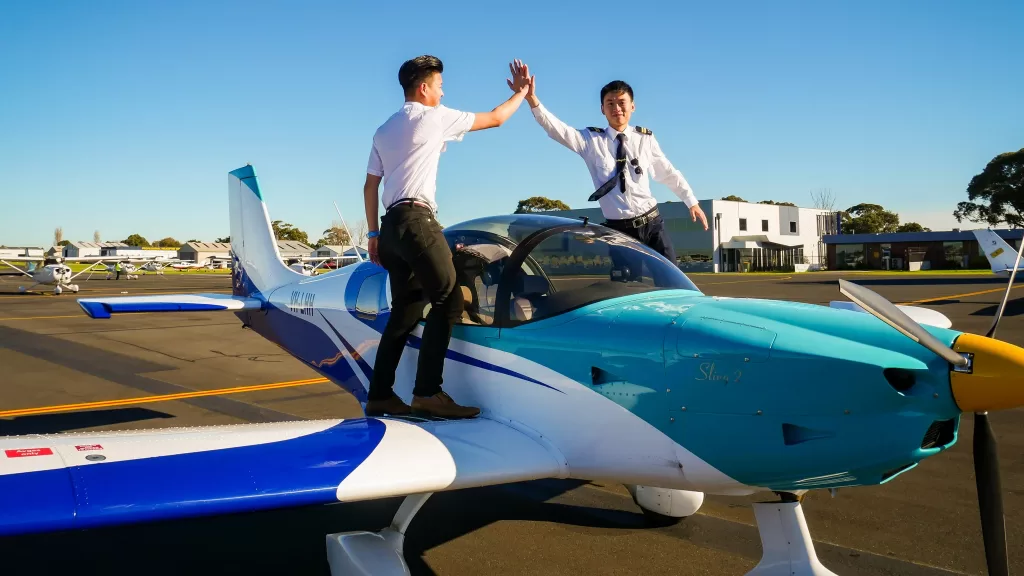Now flying an Airbus A350 for a major international airline, Second Officer Vincent Mok looks back on his airline cadet pilot journey and shares some of his experiences. In his first guest blog, he talked about his airline cadet pilot training. If you missed that you can read it here. In this edition, he discusses the next step – the road to the line!
Week 1: “The Honeymoon”
Within the space of a week, barely enough time to recover from the graduation party, we went from being the most respected gold-bar-on-the-shoulders seniors at airline cadet pilot school, to the most junior fresh pilots at the airline headquarters. It took 20 weeks to transform into a line pilot.
Day one at the airline started with a buffet breakfast with the chief pilots. With the same hands that commanded many heavy jets around the world, they opened a small envelope and brought out a piece of paper with the company logo at the top.
“Who’s Vincent?”
I put my hand up and gulped down the partially chewed fried egg in my mouth.
“Airbus.”
It was no longer flying the Slings, Foxbats, Diamond DA40s, Cessna 172s or the Diamond DA42 Twinstar. The link between my fingers and the ailerons will no longer be a few mechanical rods. Instead, a twitch of my finger will send digital signals through a myriad of wires connecting stacks of computers conferring at the speed of light whether they will grant the wish of that finger twitch. I’d be flying the Airbus A350.
There were two days of Safety School during the Honeymoon week. We trained for evacuation through various tasks:
1 Retrieve Snoopy the dummy from a smoke-filled cabin mock-up after donning a smoke-hood
2 Operate aircraft doors
3 Jump down an inflated 2-storey-high slide (which isn’t as easy as the “safety cards in the seat pockets in front of you” suggest)
4 Drag a classmate across a 25m swimming pool
5 Drag the same classmate from the pool into an inflatable life-raft
6 Set up shelter in the life-raft
The last day of the Honeymoon week was “new joiners’ day”. We broke ice with new joiners from other departments. We played games, toured the simulator building and maintenance hangars.
“Your accent sounds funny,” said the maintenance hangar tour-guide.
“I grew up in Australia”.
“People will start thinking you’re a pilot with that accent”.
Instead of saying “you’ve just met a pilot”, I grinned nervously. The upcoming schedule was ruminating in my mind.
Weeks 2 – 3: Ground School
At airline cadet pilot school, we had 20 weeks to digest ATPL theory. The Airbus ground school was 2 weeks. We had to put everything we’ve learned, from airline interview preparation to cadet school theory classes, to full use.
Tip: Take the time to completely understand the aviation theory taught at interview training and airline cadet pilot school. Your future self will appreciate it.
The course consisted of:
- Computer based training on a dedicated laptop where a monotonous voice explained the operation of all the A350 systems.
- Study guide of questions, all of which we need to answer before the end of the course.
- Technical briefings by our instructor, an experienced Airbus engineer.
- Use of a fixed base procedural trainer where we learned Standard Operating Procedures and dissected the function of all the buttons and switches.
I once thought the Diamond DA40 Aircraft Flight Manual was extensive until I started studying the airline manuals. To list a few of them:
- Flight crew operating manual (7000 pages FCOM)
- Flight crew techniques manual (500 pages FCTM)
- Quick Reference Handbook (90 pages QRH)
- Minimum Equipment list (2000 pages MEL)
- Operations Manual: Policy, Procedures and Requirements (1000 pages)
Tip: You don’t have to be a “walking FCOM”. Memorise the safety critical information and know where to find the rest.
Weeks 4 – 10: Simulator Training
Simulator training commenced at 10pm the day after we passed our ground school exams.
The first session was in a full motion A350 simulator and is similar to the “Effects of Control” lesson. The most challenging aspect was handling the momentum during landing. If we flared like a DA40, the jet will float and run out of runway. If we flared too little too late, our buttocks would learn a lesson as if the instructor hit them with a paper FCOM.
The remainder of the simulator sessions consisted of normal and non-normal training, each lasting 4 hours.
Tip: Spend plenty of time rehearsing each lesson in advance on a “paper flight deck”
The goal of normal procedures training was to learn the Standard Operating Procedures and associated manual handling. There were:
- 4 sessions in the fixed based procedural trainer
- 4 sessions in a full motion simulator
The non-normal training included handling failures (e.g. engine failures, electrical failure, hydraulic failure, decompression) including their associated ECAM actions, decision making and manual handling. There were:
- 3 sessions in the fixed based procedural trainer
- 5 sessions in a full motion simulator
Our final two airline cadet pilot simulator sessions consisted of low visibility operations and performance based navigation training and general revision for the upcoming type rating and instrument rating.
For our type rating and instrument rating in the simulator, we had to demonstrate to the senior training captain our proficiency in rejected take off, takeoff, go-around, diversion, hold, and landing in manual flight as well as with automatics (autopilot and autothrust).
Weeks 11 – 20: Line Training
“Where’d you go for lunch today?”
“I went to Korea”
The observation flight you do will be one of the most memorable of your career. You’ve trained for 14 months as an airline cadet pilot and finally get to sit back and observe the masters at work over a sandwich or two. I went to Seoul. After observing the first sector, I had a Bibimbap over a 2 hour lunch and bought some Kimchi with my meal voucher. I was a school kid on my first excursion.
Line training is about learning to fly safely, legally and efficiently in a multi-crew operation. It consisted of 10 sectors and took me to multiple exciting destinations including:
- Auckland
- Melbourne
- Sydney
- Barcelona
- Washington DC
- Brisbane
The 17 month journey from the beginning of airline cadet pilot school to the line check was full of challenges and triumphs. I made many lifelong friends and learned a lot about resilience, persistence and comradery.
I was lucky to have the ongoing support of my mentors including Darren McPherson from ACS – Aviation Consulting Services as well as my family and friends. Realising my dream would have been impossible without them. If your dream is to be an airline pilot, certainly consider the airline cadet pilot pathway.
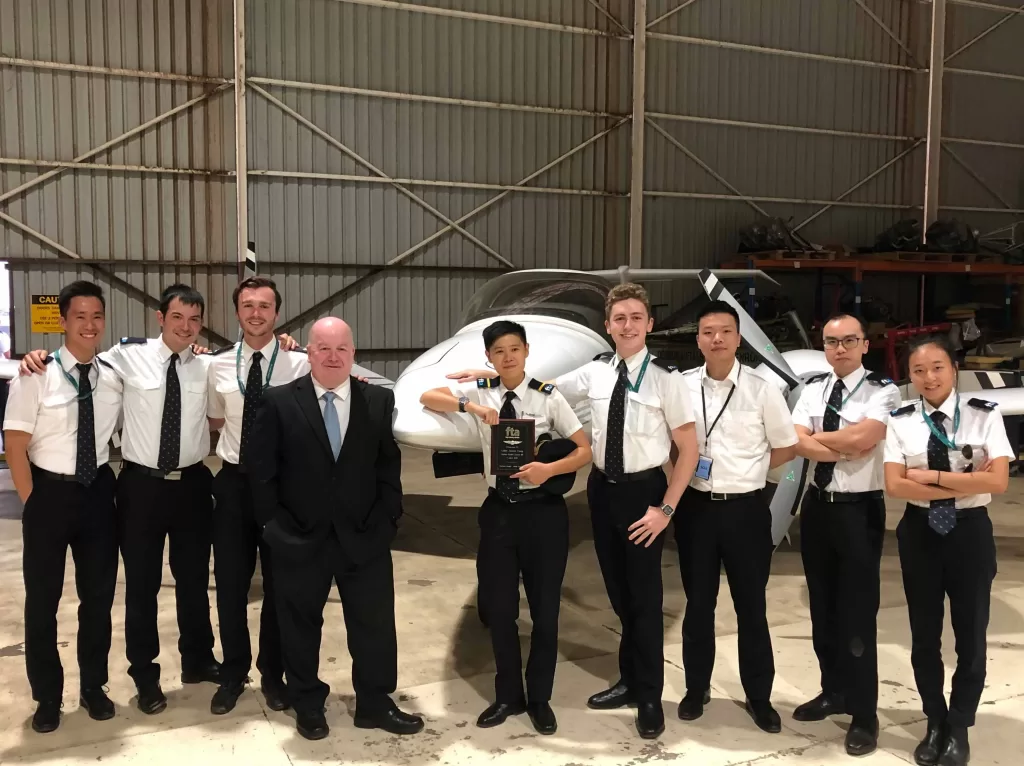
We’d like to thank Vincent very much for contributing these fantastic blogs on his airline cadet pilot journey. If you are interested in finding out more about our flight training courses and online learning options, email [email protected] or visit https://drift.me/learntofly/meeting to book a meeting and school tour.









